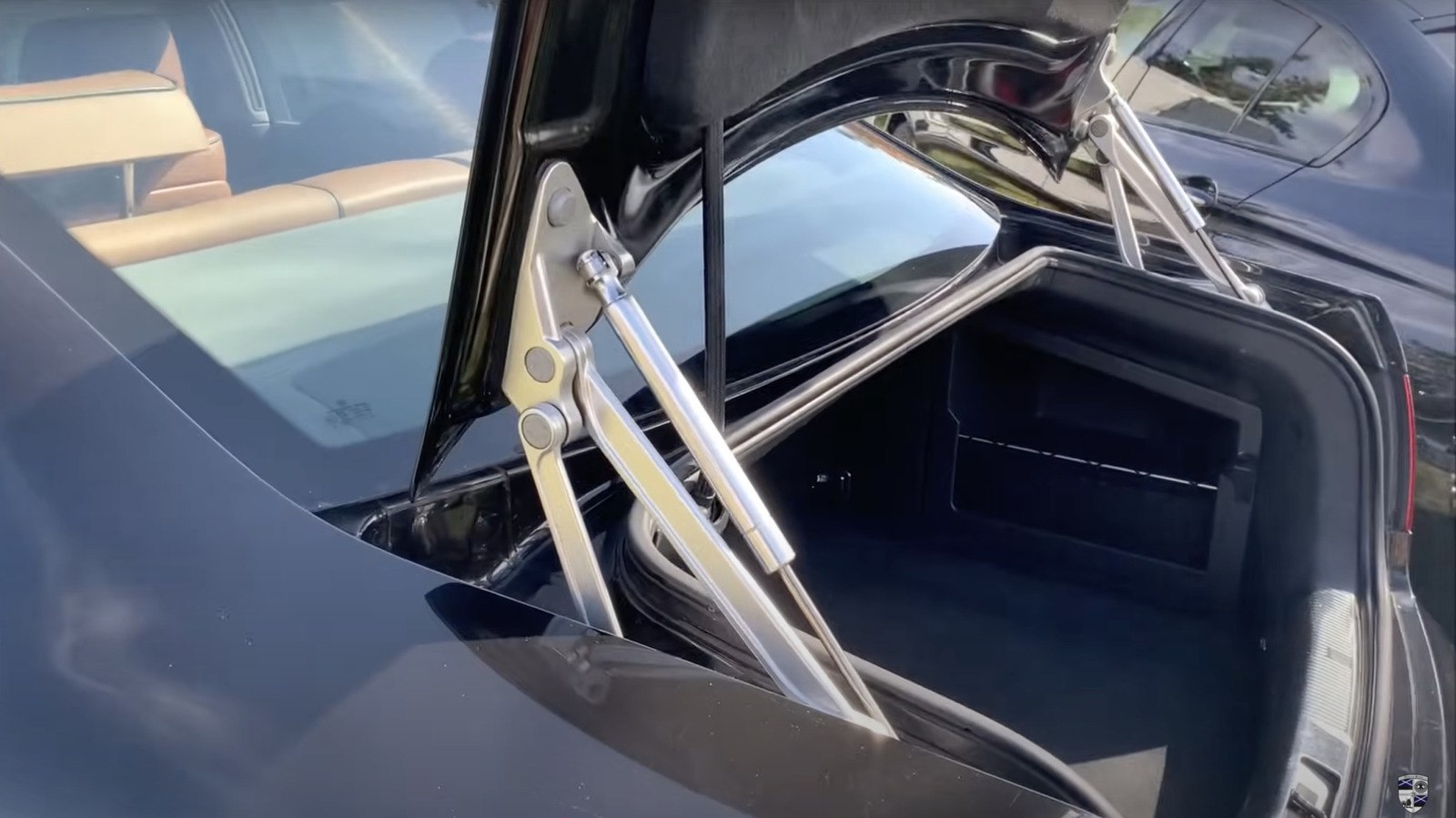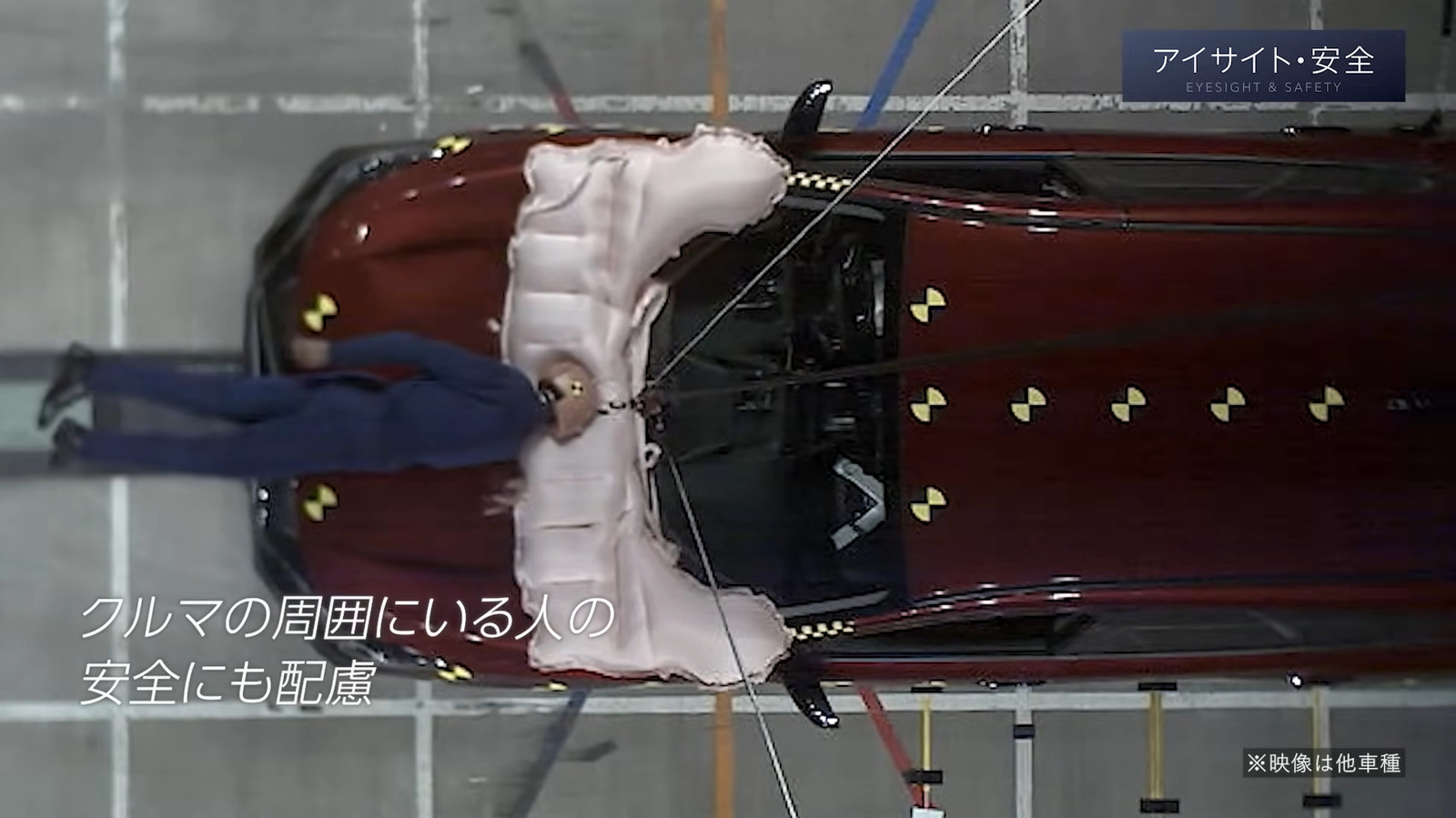Human Tendon‐on‐a‐Chip for Modeling the Myofibroblast Microenvironment in Peritendinous Fibrosis
Advanced Healthcare Materials, Volume 14, Issue 4, February 7, 2025.

This article introduces a novel human tendon-on-a-chip (hToC) model that replicates aspects of the myofibroblast microenvironment (MME) in peritendinous adhesions, enabling insights into how cells interact during inflammation and fibrosis. By modeling the crosstalk between immune and vascular components, it highlights potential new therapeutic targets, offering a powerful tool for drug testing and advancing treatments for fibrotic diseases.
Abstract
Understanding the myofibroblast microenvironment is critical to developing therapies for fibrotic diseases. Here the development of a novel human tendon-on-a-chip (hToC) is reported to model this crosstalk in peritendinous adhesions, which currently lacks biological therapies. The hToC facilitates cellular and paracrine interactions between a vascular component, which contains endothelial cells and monocytes, and a tissue hydrogel component that houses tendon cells and macrophages. It is found that the hToC replicates some aspects of in vivo inflammatory and fibrotic phenotypes in preclinical and clinical samples, including activated mTOR signaling, vascular inflammation, tissue contraction induced by myofibroblast activation, inflammatory cytokines secretion, and transendothelial migration of monocytes to the tissue hydrogel. Transcriptional analysis demonstrates significant overlap in enriched pathways in the hToC with human tenolysis samples, including the activation of mTOR signaling. Rapamycin suppresses the vascular inflammation and fibrotic phenotype in the hToC, which provides proof-of-concept of its utility as an in vitro tool for investigating multicellular crosstalk in fibrosis and testing therapeutics to mitigate it.








































































































































































